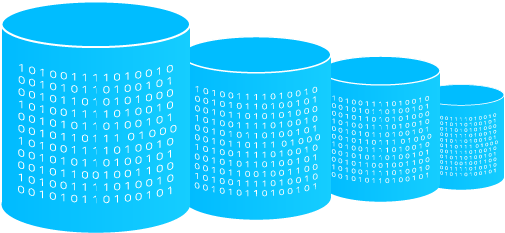
This course provides a comprehensive introduction to relational databases, which are designed, built and used based on relational technology – the state-of-the-art approach to organizing and accessing data. This technology is used on workstations, servers of all sizes and large mainframe computers.
You leave the course with an understanding of:
- What relational means
- The strengths and weaknesses of relational databases
- A development process for designing and building a relational database
- The techniques for logical and physical database design
- The tradeoffs of normalizing vs. denormalizing data
- Basic SQL verbs and what they do
- What’s different about working with a relational database management system (RDBMS) in a client/server environment
- The use of stored procedures on the server and their impact on applications
- How the Internet/intranet is affecting the use of a relational database
Who will benefit from this course?
This course is for anyone whose work involves relational databases. Typical participants include:
- Programmers or analysts who have some application development experience, but may not have had recent work experience with databases
- Technology professionals who have experience with proprietary or other database architectures and are now converting to a relational database
- Managers and technical planners responsible for implementing a relational database
- Non-computer professionals such as business analysts or users involved in implementing or maintaining a database for their organization, or who need to assist in defining requirements for a database development project
- Contract managers responsible for overseeing development of a relational database and/or the applications using a relational database by a contracting organization
FEE: 64,000
DURATION: 3 Day
